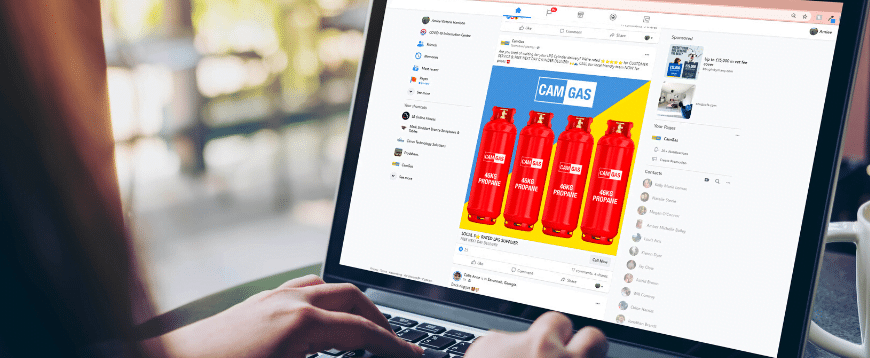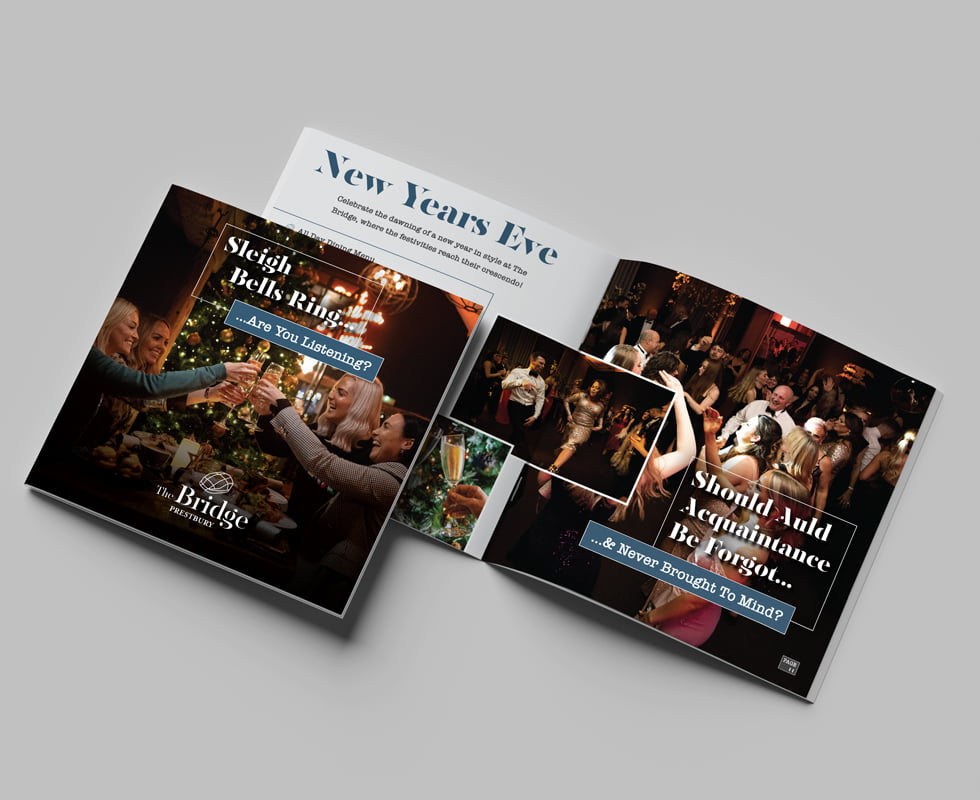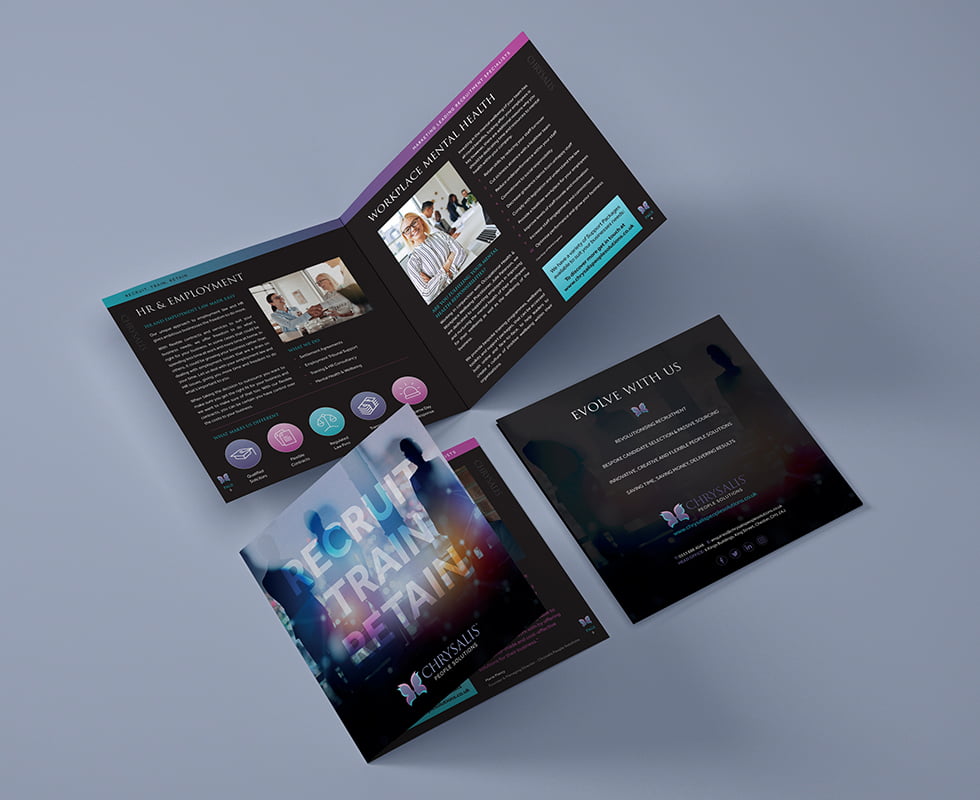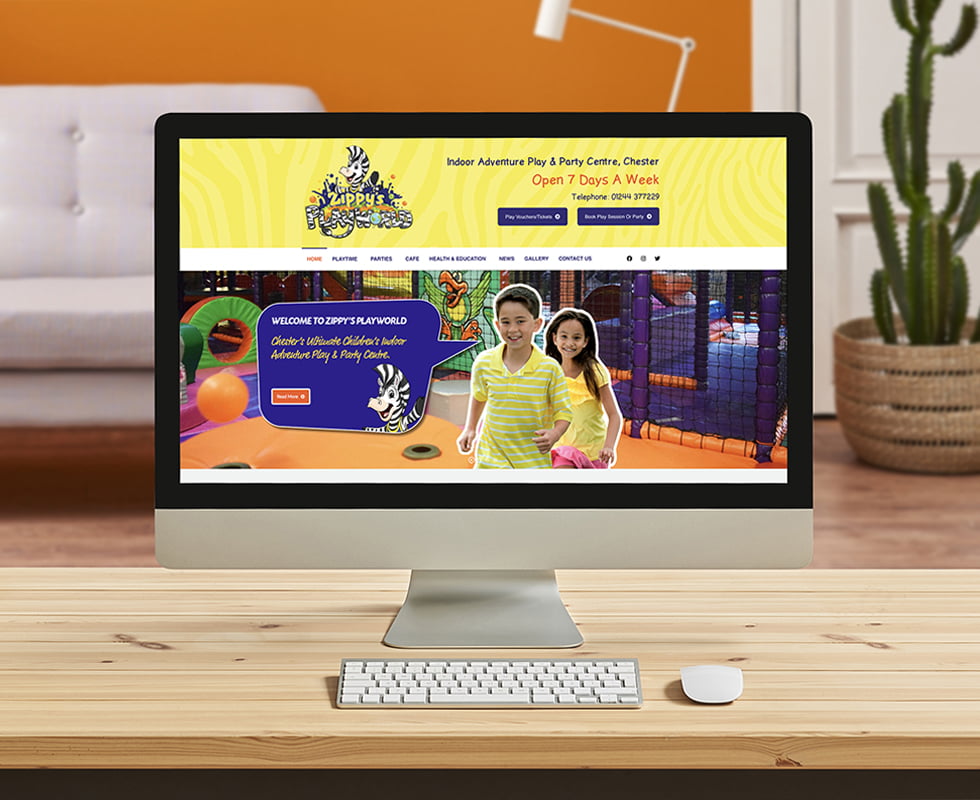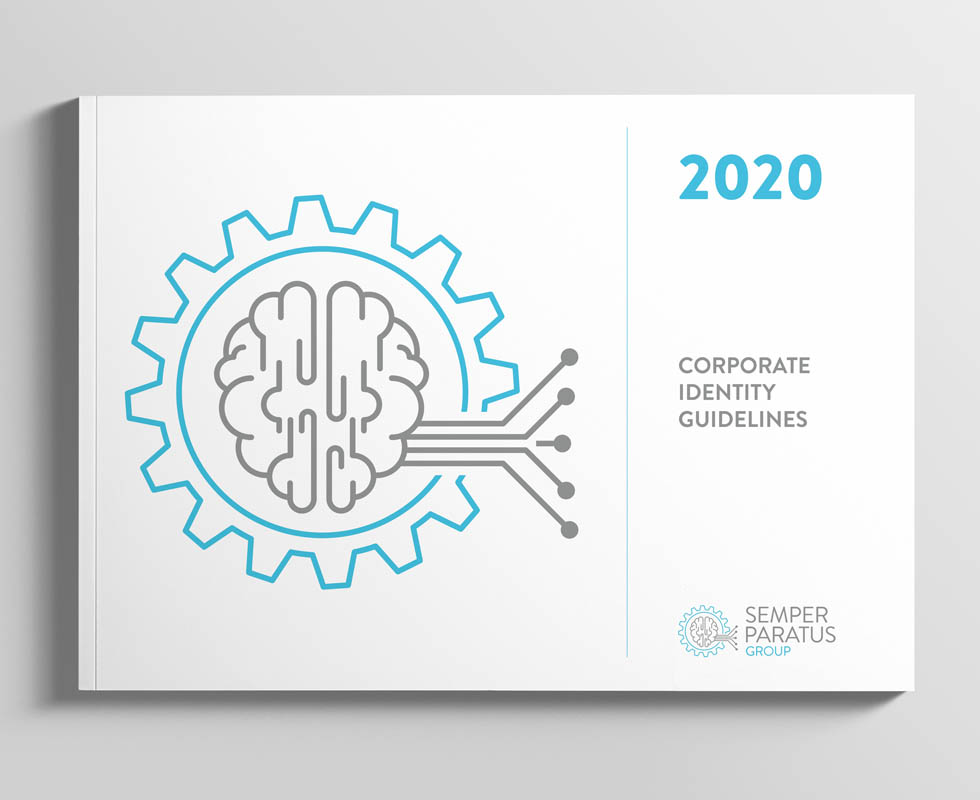Facebook ads are by far one of the easiest ways of reaching a wider audience and ultimately growing your brand following on social media. But, if you don’t quite understand the algorithms behind paid advertising, then you could be throwing your money down the drain. This is true now more than ever in light of the launch of Apple’s IOS14.5 update. Apple users are now presented with an ‘opt-in’ prompt on each app. This gives the user the authority to approve or decline third-party sites, such as Facebook, to track their data. This development has a huge impact on Facebook’s access to data from IOS users (IOS users currently make up just over 50% of mobile users in the UK) – the data it uses to build audiences. Whilst testing has been underway in recent months it will be interesting to see the impact of the full roll out as we move forwards. What is clear, however, is that it will be more important than ever to ensure that your Facebook ads are of the highest quality in terms of both set-up, targeting and creative.
From now on, the Facebook ads manager will have restricted access to data and conversion events. What that means is the measurement of ad impressions will be less precise and reported conversion reduced, so targeting will become more difficult and less accurate. As the impact has affected the entire data stream for Facebook, the social media giant has rolled out updates in the ads manager to adjust to these changes and help users get to grips with the new norm.
In January 2021, Facebook had an advertising audience of 2.14 billion* (an increase of 45 million users since Q3 in 2020). The potential is huge and there is no reason at all why businesses can’t maximise Facebook advertising to their advantage. We have compiled 5 main tips to focus on to improve ad performance. In addition to this researching best practices on ad type, ad composition and audience targeting is highly recommended.
CAMPAIGN OBJECTIVE – It may seem obvious but selecting the appropriate campaign objective (such as traffic, reach or lead generation) is crucial. Each campaign objective has a different result so be clear on what you want to achieve – what is your end goal? For example, if your goal is to direct users to a landing page, a traffic campaign may best be suited. Click here to find out exactly what each advertising objective means. If you’re worried about tracking conversions, cross-check conversions with Google Analytics. Lead generation is a great way to obtain data – use this campaign objective to build your own audience!
BUDGET & SCHEDULING – be realistic with your budget and runtime. It’s highly unlikely (but not impossible) for a low budget stretched over a long period to get you the results you require. If you have a restrictive budget, lower the runtime to 3 days and see what the uptake looks like. With this method, you’ll get a better understanding of the cost-per-result, plus increased control over your spending. You can then review and scale once you are generating the required results. The testing period is crucial.
TARGET AUDIENCE – We get that it is tempting to try and showcase your product or offering to everyone everywhere – however as with any marketing communication – targeting is key. Refrain from adding several locations, ages, genders along with multiple demographics, behaviours and interests into an ad all because Facebook suggests them. Be smart, pick a niche and speak to it! Only focus on the groups that define who you want to target and test them out. You can always adjust these groups later.
Selecting too many of these groups will potentially broaden your audience too wide and spread your budget too thin. Why spend money on an audience group that has no relation to your ad? If they aren’t your target audience (e.g., in your age bracket, location or interest for example), leave them out. It’s always best practice to have your audience definition pointer between the red and green – that way you know your audience is specific to your ad.
CONTENT & IMAGERY – you might have all the setup down to a T but if your imagery and content is off, then you have no chance. Facebook is swamped with ads daily, so you need to make yours stand out from the crowd. Remember, Facebook ads are small so less text and more creative flare, authentic imagery that speaks to your target audience – use the post to include captivating copy. Switch things up with the ad creative – videos are a great way to catch someone’s eye so look at putting together a short slideshow or incorporating image carousels.
CTA – last but not least, pick the right call to action. If you’re asking the user to fill out a form use ‘sign up now’, if you’re promoting a product use ‘shop now’ etc – think carefully about what you want the user to do. Make it too complicated and the user will abandon ship.
We hope this blog has been handy and has provided you with some useful information. However, if you want our experts to cast their eyes over your ads and/or ad account to gain further knowledge, please get in touch 💡
*Source – Hootsuite
